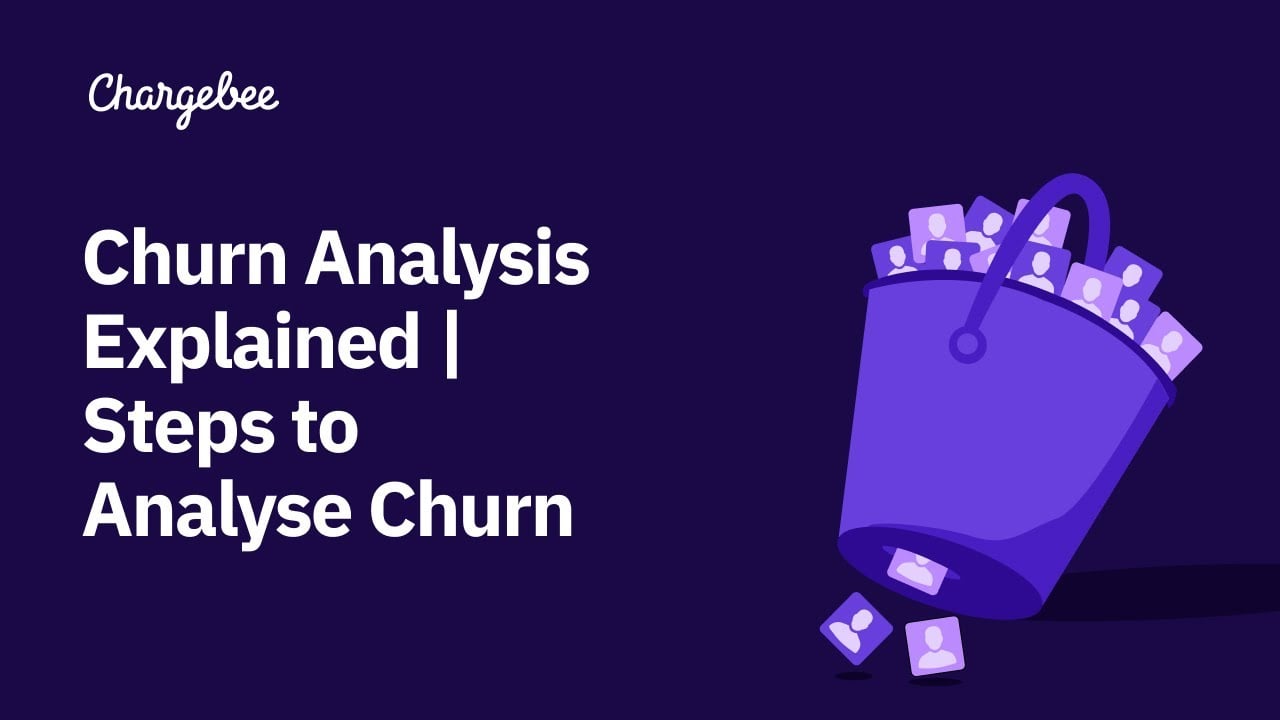Been looking at our monthly churn numbers and they seem fine on the surface.
But I’m wondering if the standard calculation is actually masking some deeper patterns about how users really behave before they leave.
Anyone else think basic churn metrics might be too simplistic?
Standard churn calculations miss the warning signs completely. I started tracking engagement drops 30 days before people actually cancel - way more useful than just looking at who left.
For one app I worked on, users who stopped opening push notifications were 80% likely to churn within 2 weeks. But our monthly churn rate looked normal because we weren’t watching the leading indicators.
Try segmenting by user actions instead of just time periods. Look at feature usage patterns, session frequency changes, support ticket history. The story is usually there weeks before they actually hit unsubscribe.
This breakdown helped me understand how to dig deeper into the data instead of just looking at surface numbers.
Track cohorts by signup source. Different channels churn differently.
Monthly churn numbers hide the timeline of when people actually decide to quit.
I track behavior changes in weekly chunks instead of monthly totals because users usually make the decision to leave way before they actually cancel.
Look at when engagement starts dropping rather than when the subscription ends. That gap between mental checkout and actual cancellation is where you lose the most revenue.
Churn rate alone tells you nothing about why people leave or when they decided to leave. I segment users by their last meaningful action. Someone who churns after 30 days of zero activity is different from someone who was actively using features until they canceled. The active churners are your real problem. They tried everything and still left. Figure out what broke their experience. Passive churners just forgot about you. Different problem, different solution.
Churn metrics don’t tell the whole story. Focus on feature usage trends for better insights.
